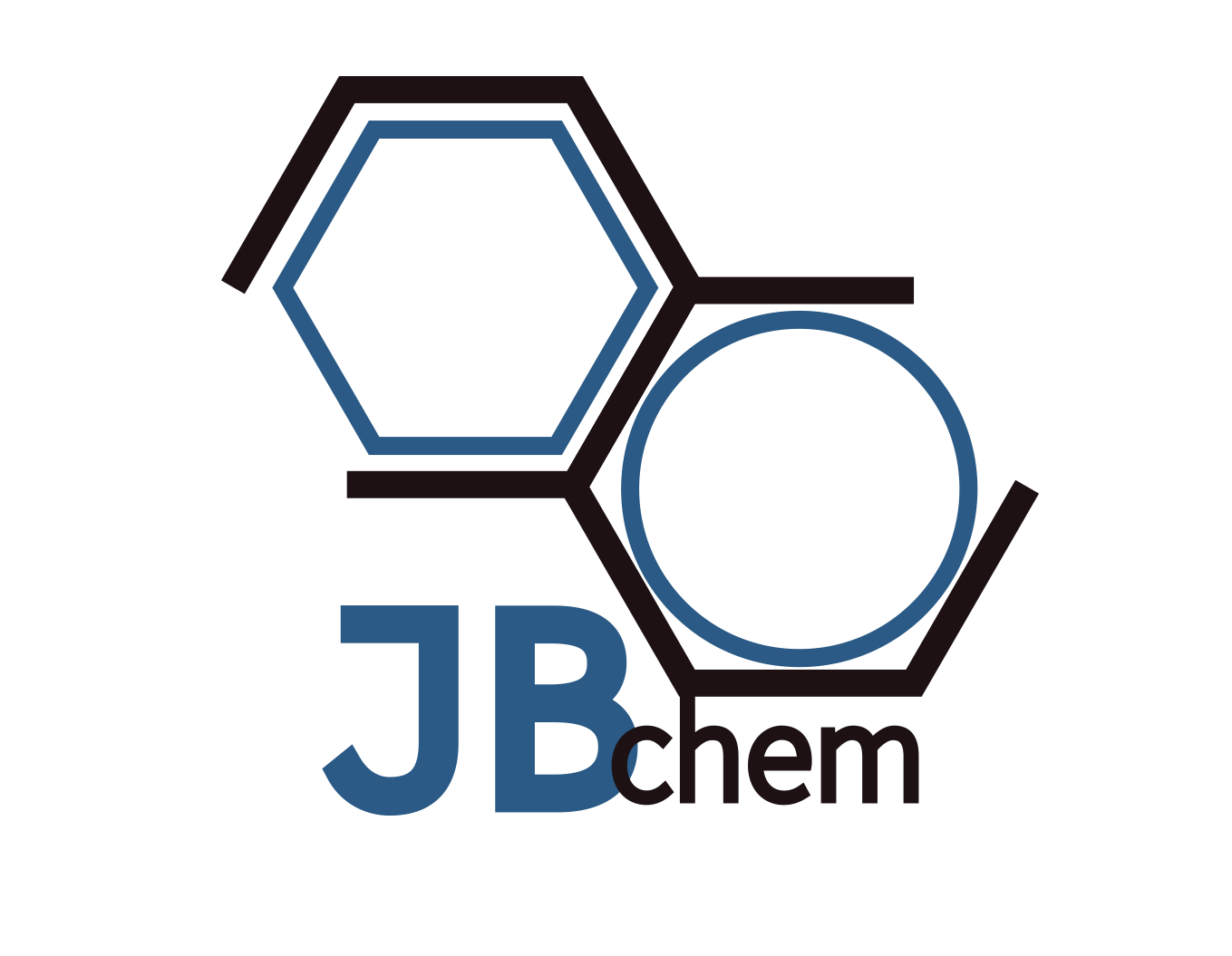Product Properties
Name: Scandium Chloride
Formula: ScCl3.6H2O
CAS No.: 20662-14-0
Molecular Weight: 259.41
Density: 2.39 g/mL
Melting point: 960 °C
Appearance: White crystalline
Specification of Scandium Chloride
| Product Name | Scandium Chloride | ||
| Sc2O3/TREO (% min.) | 99.999 | 99.99 | 99.9 |
| TREO (% min.) | 25 | 25 | 25 |
| Loss On Ignition (% max.) | 1 | 1 | 1 |
| Rare Earth Impurities | ppm max. | ppm max. | % max. |
| La2O3/TREO | 2 | 10 | 0.005 |
| CeO2/TREO | 1 | 10 | 0.005 |
| Pr6O11/TREO | 1 | 10 | 0.005 |
| Nd2O3/TREO | 1 | 10 | 0.005 |
| Sm2O3/TREO | 1 | 10 | 0.005 |
| Eu2O3/TREO | 1 | 10 | 0.005 |
| Gd2O3/TREO | 1 | 10 | 0.005 |
| Tb4O7/TREO | 1 | 10 | 0.005 |
| Dy2O3/TREO | 1 | 10 | 0.005 |
| Ho2O3/TREO | 1 | 10 | 0.005 |
| Er2O3/TREO | 3 | 10 | 0.005 |
| Tm2O3/TREO | 3 | 10 | 0.005 |
| Yb2O3/TREO | 3 | 10 | 0.053 |
| Lu2O3/TREO | 3 | 10 | 0.005 |
| Y2O3/TREO | 5 | 10 | 0.011 |
| Non-Rare Earth Impurities | ppm max. | ppm max. | % max. |
| Fe2O3 | 5 | 20 | 0.005 |
| SiO2 | 10 | 100 | 0.022 |
| CaO | 50 | 80 | 0.011 |
| CuO | 5 | ||
| NiO | 3 | ||
| PbO | 5 | ||
| ZrO2 | 50 | ||
| TiO2 | 10 | ||
Application of Scandium Chloride
- Precursor to Scandium Metal and Alloys: Scandium chloride is used as a precursor in the production of high purity scandium metal through processes such as the reduction with metallic lithium or potassium. This high purity scandium is crucial for aerospace and defense applications, especially in the manufacturing of scandium-aluminum alloys, which significantly enhance the strength and corrosion resistance of aluminum alloys used in aircraft and spacecraft components.
Catalyst in Organic Synthesis: Scandium chloride is utilized as a catalyst in organic synthesis, where it facilitates a variety of chemical reactions. It is particularly effective in catalyzing reactions such as Friedel-Crafts acylation, aldol condensation, and the synthesis of heterocyclic compounds. Its ability to promote these reactions with high selectivity and under mild conditions makes it valuable in the pharmaceutical and chemical manufacturing industries.
Material Science and Nanotechnology: In material science, scandium chloride serves as a starting material for the preparation of other scandium compounds, such as scandium oxide (Sc₂O₃), which is used in solid oxide fuel cells, high-intensity lighting, and electronic applications. Additionally, scandium chloride can be used in the synthesis of scandium-doped nanoparticles and nanomaterials, which have potential applications in catalysis, energy storage, and optoelectronics.
Ceramics and Glass Manufacturing: Scandium chloride can be used in small amounts to produce certain specialty glasses and ceramics. In glass manufacturing, adding scandium chloride can improve the properties of the glass, such as its resistance to thermal shock and mechanical strength. This is particularly useful in high-performance glass applications, such as in scientific equipment and in certain types of optical lenses.

